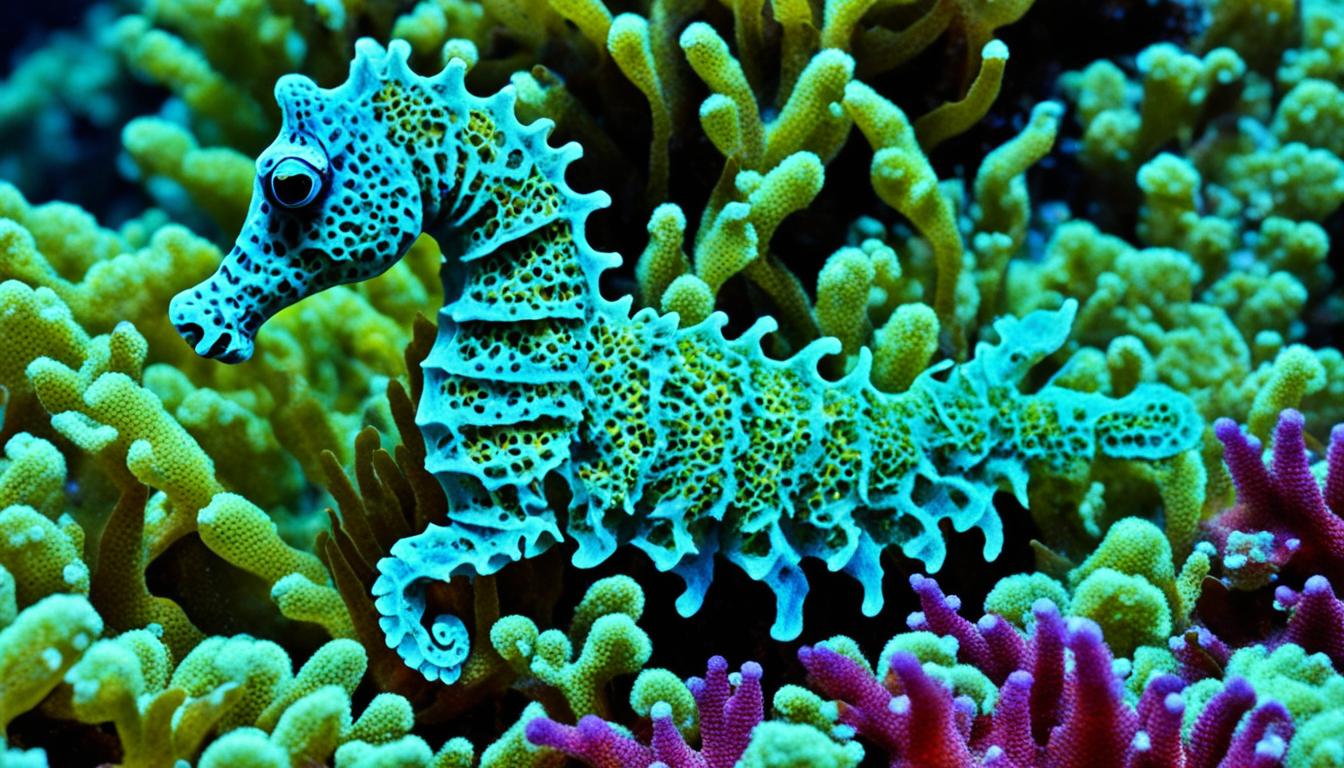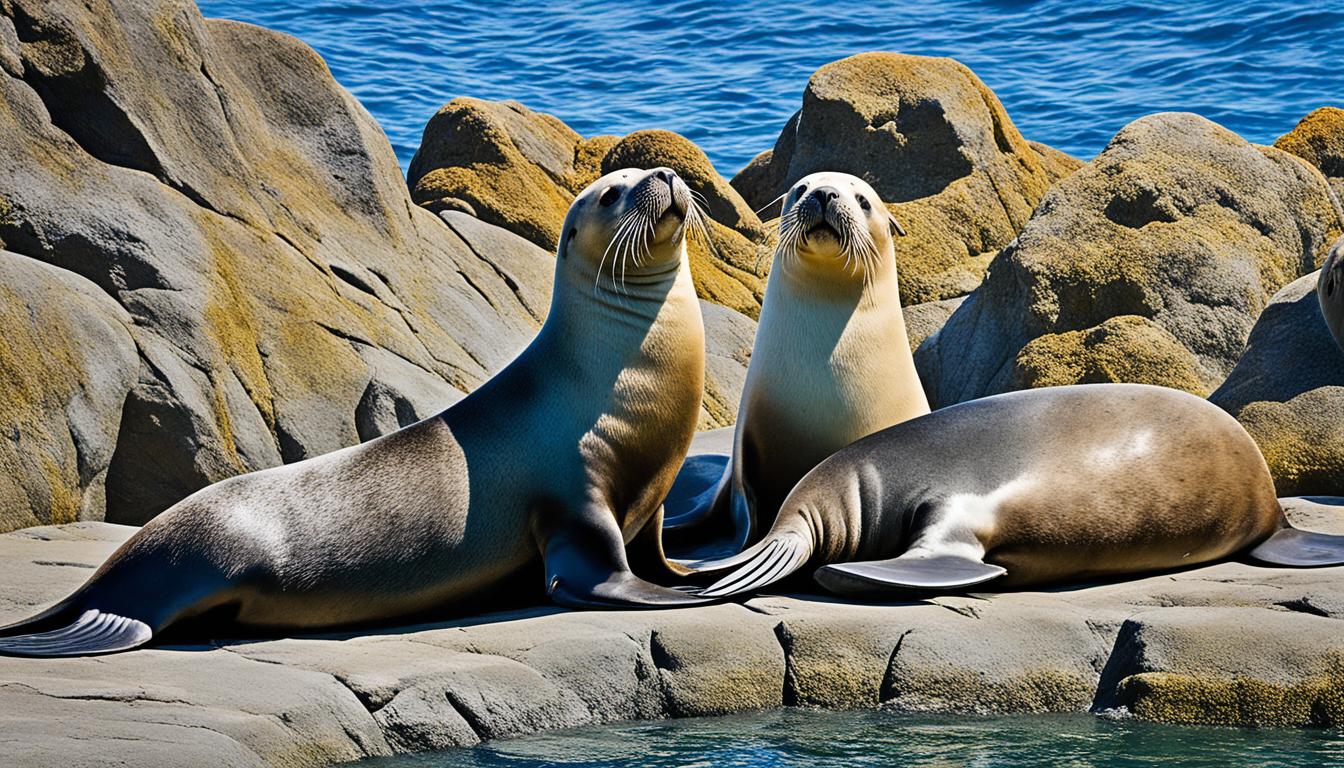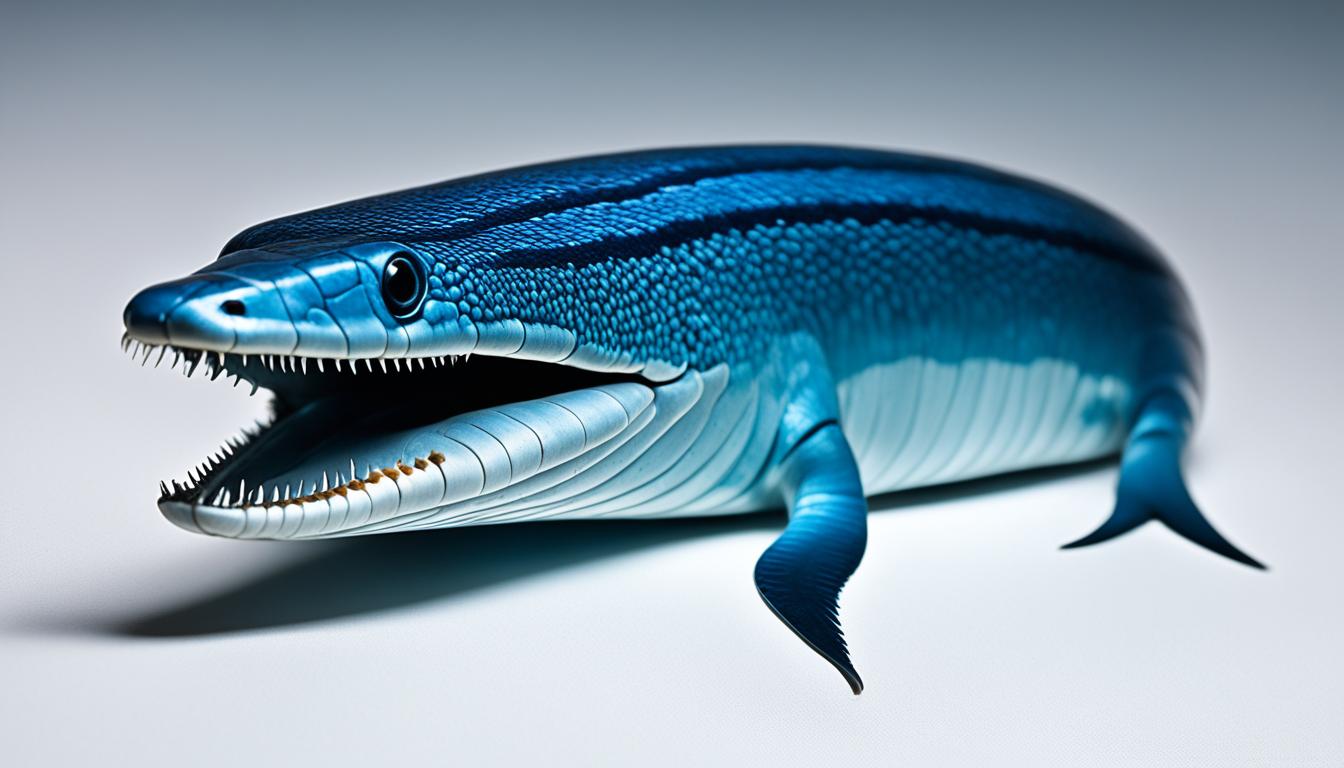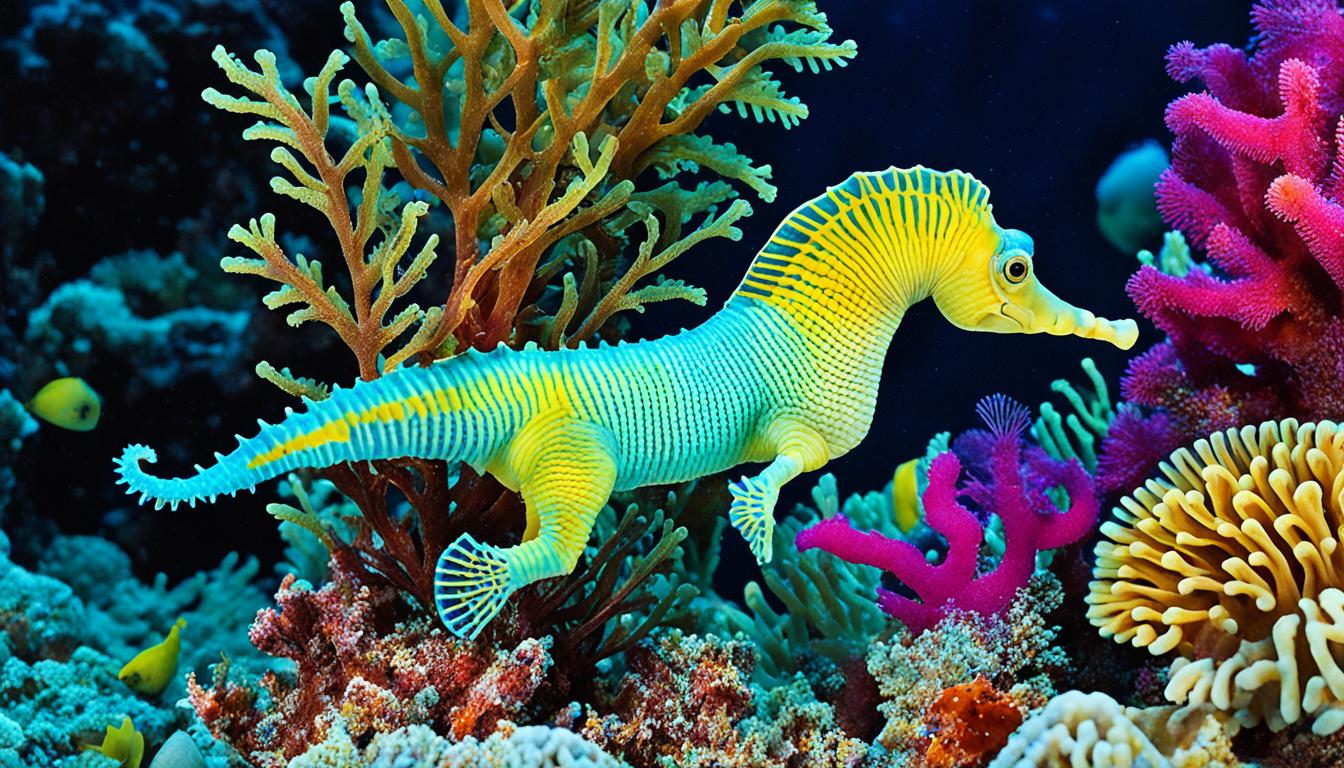Seahorses are fascinating creatures, known for their unique shape and amazing camouflage skills. You might ask, how do they do it? They blend into their surroundings with special pigments and body shapes. This helps them hide from predators, communicate, and even find a mate.
Learning about seahorse camouflage shows us how they’ve evolved to thrive in the ocean. It also tells us about their role in the ocean’s rich diversity.
Understanding Seahorse Camouflage Mechanisms
Seahorses are amazing at hiding. They can change color to avoid predators and sneak up on prey. Their secret lies in chromatophores and the muscles around them. Let’s explore how these help them blend in.
Use of Chromatophores in Color Change
Chromatophores are special cells that let seahorses change color fast. They have pigment sacs that can get bigger or smaller. This changes how visible the seahorse is. By controlling these cells, seahorses can match their surroundings, helping them hunt and hide.
Role of Muscles in Camouflage Adaptation
Small muscles are key to controlling chromatophores. They help seahorses change color quickly. When a seahorse sees a threat, these muscles work fast. This quick change helps them stay safe in the wild.
How do seahorses camouflage?
Seahorses have amazing ways to stay hidden in the water. They use seahorse camouflaging behavior to avoid predators and sneak up on prey. These skills help them survive and hunt in their underwater world.
Predator Avoidance Techniques
Seahorses use special seahorse predator avoidance techniques to hide. They stick close to coral, seagrass, and mangroves. This helps them blend in and become hard to see for predators.
By staying still and looking like their surroundings, seahorses increase their chances of staying safe. This clever way of seahorse environment blending is key to their survival.
Importance of Color and Texture
Color and texture are crucial for seahorse camouflage. They can change their look to match their surroundings. This helps them blend in and hide from predators.
Their unique colors and patterns also help them sneak up on prey. So, their camouflage is not just for hiding from danger but also for hunting.
Seahorse Camouflaging Behavior in Different Environments
Seahorses have unique ways to hide in different water places. They change to fit their surroundings well.
In coral reefs, seahorses show off bright colors. These match the colors of corals and other sea creatures. This helps them hide from predators and blend in with their surroundings.
In seagrassy areas, they turn to greens and browns. This helps them hide among the tall grasses. Their ability to change color shows how well they adapt to their homes.
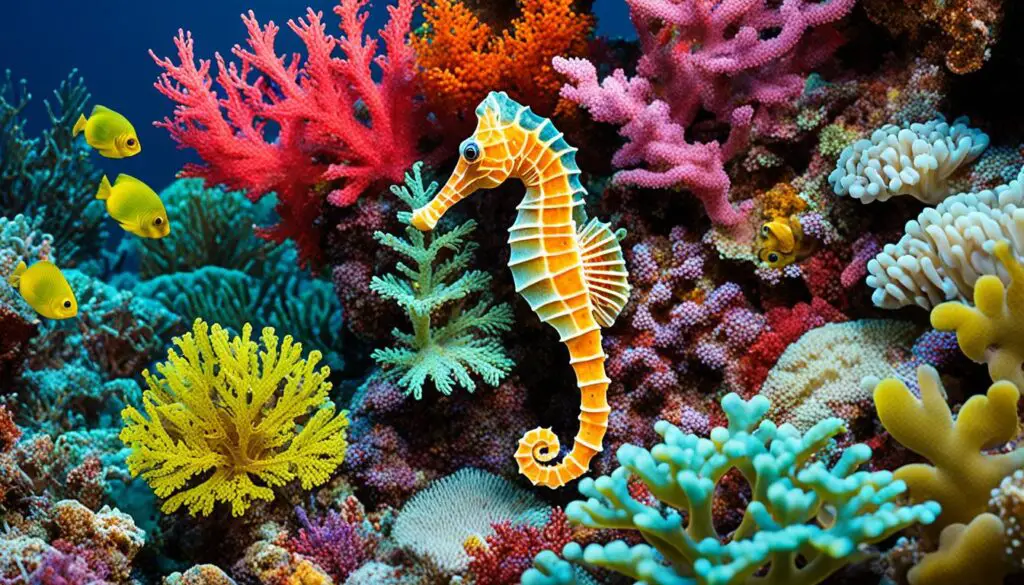
Seahorses need the right environment to survive. Their hiding skills change with their surroundings. This shows how closely they are linked to their ecosystems.
Specific Adaptations of Pygmy Seahorses
Pygmy seahorses have amazing ways to hide, especially blending with their surroundings. They are experts at hiding with Gorgonian sea fans. This helps them survive in the wild.
Color Matching with Gorgonian Sea Fans
Pygmy seahorses can look just like Gorgonian sea fans. This camouflage adaptation helps them hide from predators. They match their colors and patterns with the sea fans, making them hard to see.
Challenges of Captivity for Pygmy Seahorses
Pygmy seahorses have a hard time in aquariums. They need special care to match their wild home, including Gorgonian sea fans. It’s tough to create such an environment in a tank, leading to stress and breeding issues.
| Aspect | In the Wild | In Captivity |
|---|---|---|
| Camouflage | Perfectly mimics Gorgonian sea fans | Limited ability to blend in |
| Habitat Structure | Natural supports available | Artificial or inadequate supports |
| Food Sources | Full access to natural diet | Challenging to replicate natural diet |
| Breeding Success | Natural breeding behaviors | Lower success rate due to stress |
The Role of Hormones in Seahorse Color Change
Hormones are key to the amazing seahorse color change. When seahorses mate or feel stressed, their hormones change. This leads to a slow and controlled color change. They turn brighter and more vibrant, helping them talk to potential mates and be seen better.
These hormonal changes also help with the seahorse camouflage adaptation. Seahorses change colors to blend in with their surroundings. This helps them hide from predators and sneak up on prey. It’s vital for their survival in changing environments.
Learning about hormones and seahorse color change shows how these creatures adapt. They use hormones for both communication and camouflage. This helps them survive in the complex underwater world.

